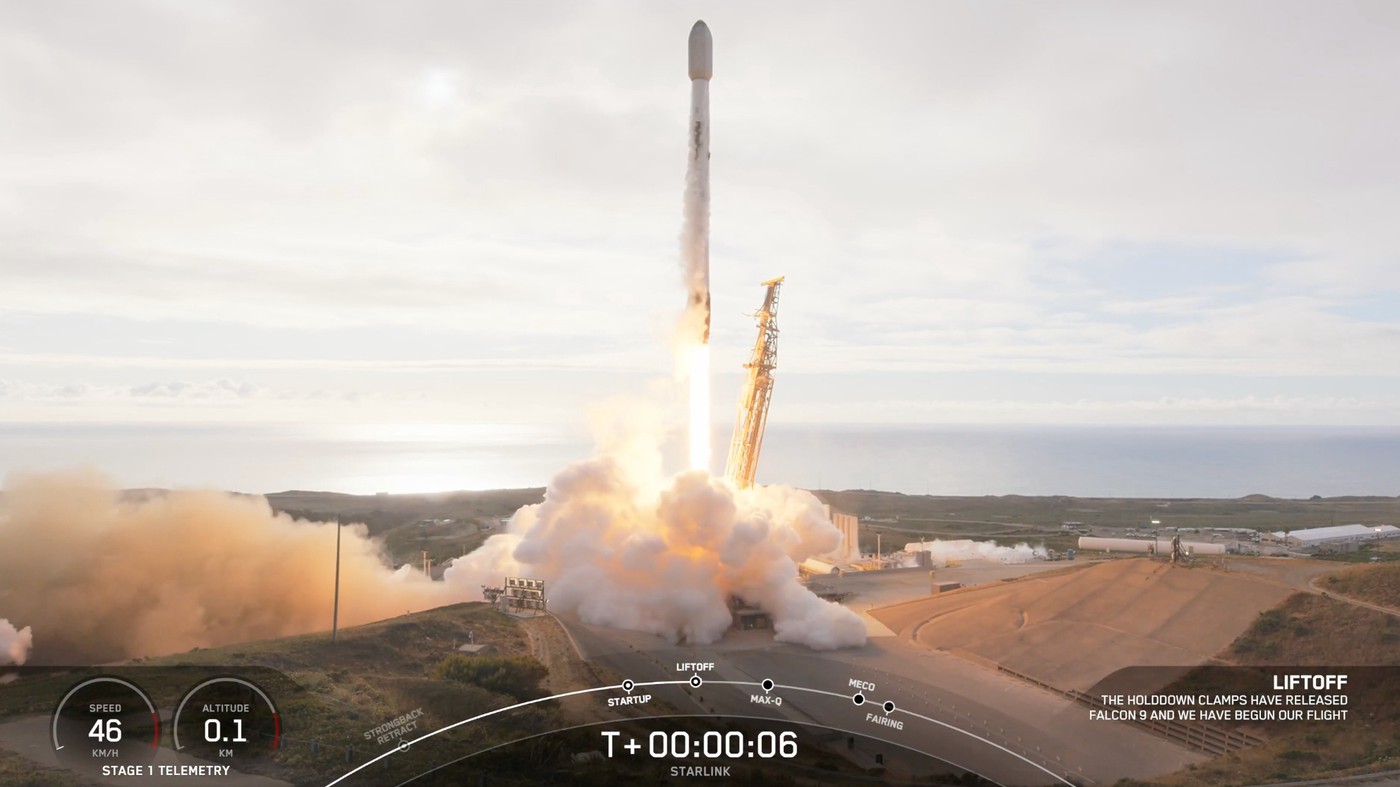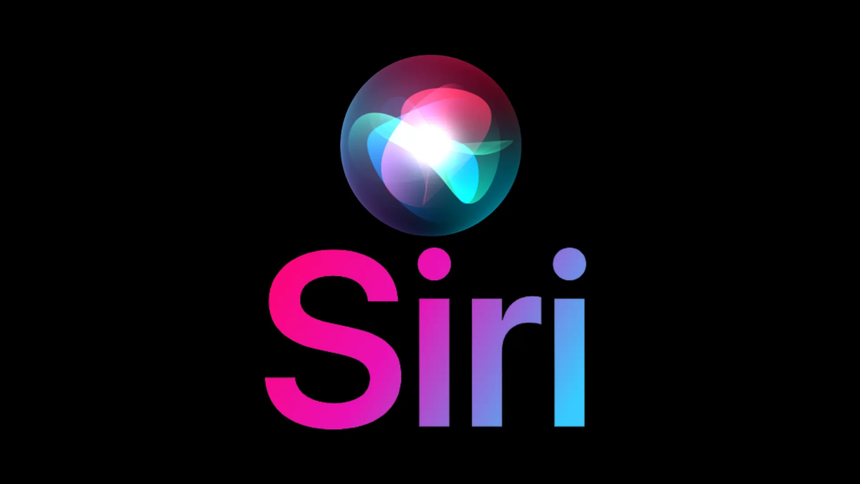SpaceX has completed another successful Starlink mission, adding 26 new satellites to its rapidly growing constellation. The launch took place on the night of June 12 from Vandenberg Space Force Base in California. With this latest deployment, the number of active Starlink satellites now surpasses 7,600, reinforcing SpaceX’s vision of building a truly global internet network.
The satellites were carried into orbit aboard a Falcon 9 rocket that lifted off from Launch Complex 4 East at 9:54 p.m. Eastern Time. About an hour after liftoff, the second stage of the rocket deployed the satellites into low Earth orbit. This launch was part of SpaceX’s ongoing effort to expand high speed internet coverage, especially in remote and underserved areas of the world.

The first stage of the Falcon 9, known as booster B1081, made its 15th flight during this mission. It once again landed successfully on the droneship Of Course I Still Love You stationed in the Pacific Ocean. This reliable reuse of boosters is part of what makes SpaceX one of the most efficient launch providers in the space industry.
So far in 2025, SpaceX has completed 72 launches, and 53 of those were dedicated to the Starlink program. These efforts are not only increasing bandwidth capacity but are also enabling new services. In some regions, Starlink now supports direct to cell capabilities, allowing users to send messages and access limited data services directly from their smartphones.

Starlink’s global ambition is steadily becoming reality. The network currently offers internet coverage across multiple continents and continues to grow with every launch. This satellite based connectivity is proving especially valuable for in flight internet access, rural communities, maritime services, and emergency response communication.
Elon Musk’s company is also laying the foundation for future innovations in space based internet solutions. With several more launches planned in the coming months, Starlink is on track to reshape how the world connects.
For the latest updates on space, technology, and innovation, follow Tech Moves on Instagram and Facebook.












